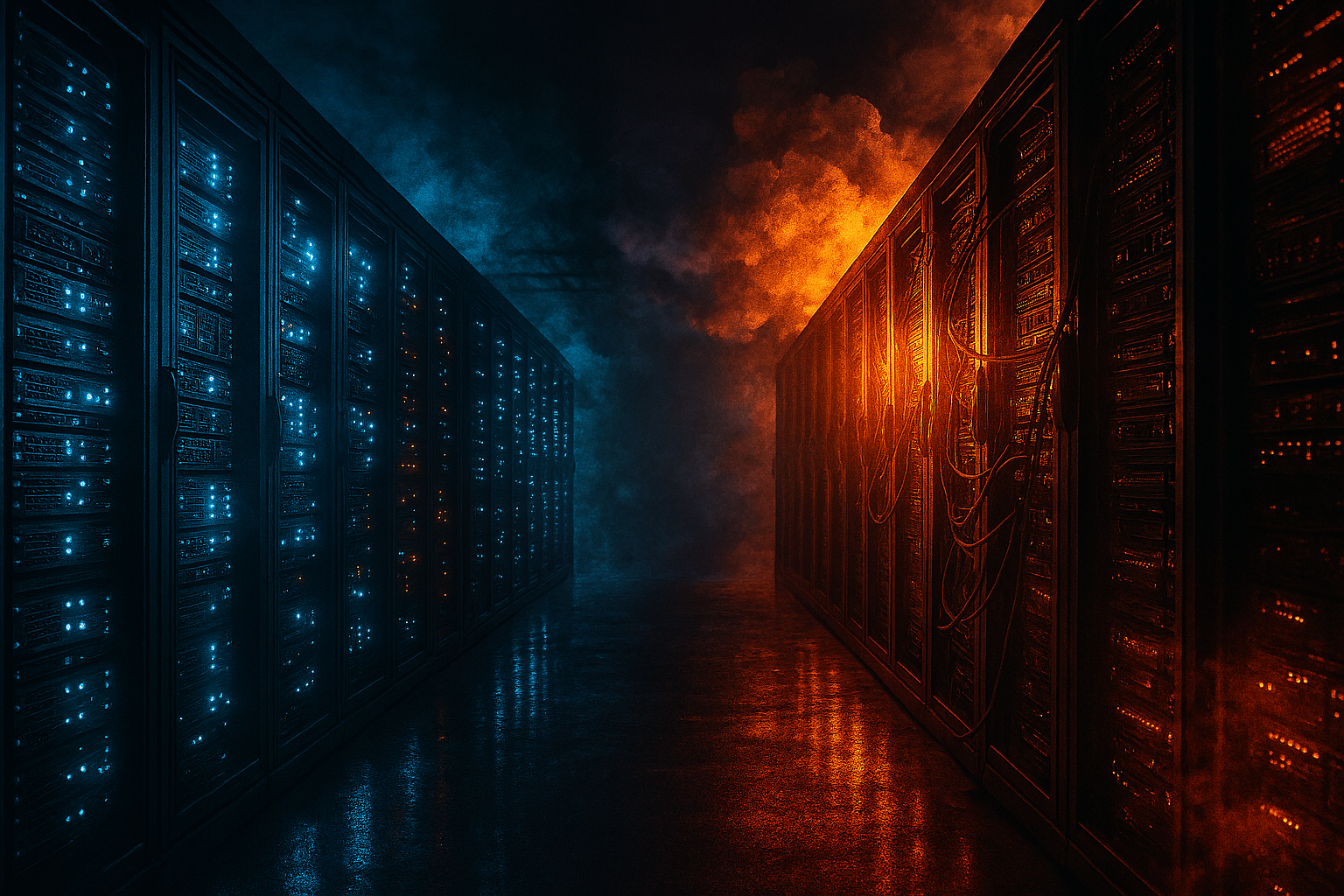AI, Cooling, and the Climate Paradox

Artificial intelligence promises solutions: smarter grids, predictive climate models, optimized cooling. Yet the servers powering these breakthroughs demand enormous energy and water. Cooling those machines often relies on fossil-fuel grids and local aquifers, creating a paradox: the cure risks worsening the disease.
The paradox, stated plainly
Data centers in Virginia’s “Data Center Alley” already consume more electricity than some nations. AI workloads are projected to triple global data center consumption by 2030. Cooling systems siphon millions of gallons daily, straining communities and ecosystems. Without clean energy and water stewardship, every query carries hidden emissions and externalized costs.
Where machines can help
- Grid optimization: AI can better match renewables to demand and reduce peaker reliance.
- Predictive monitoring: Identify pollution hotspots before they escalate.
- Automated compliance: Flag violations faster than manual oversight alone.
Innocence meets contamination: potential joy shadowed by hidden harm.
What accountability looks like
- Transparency: Data centers disclose energy mix, water withdrawal, and cooling impacts.
- Parity: Server farms face the same scrutiny we apply to factories and pipelines.
- Transition: Every watt driving AI comes from sustainable sources; water use is minimized and recycled.
Closing reflection
AI is the baby in the puddle: innocent, playful, full of potential. But if the puddle remains poisoned, joy turns to harm. Machines can help us survive the heat — but only if we cool them with clean power.